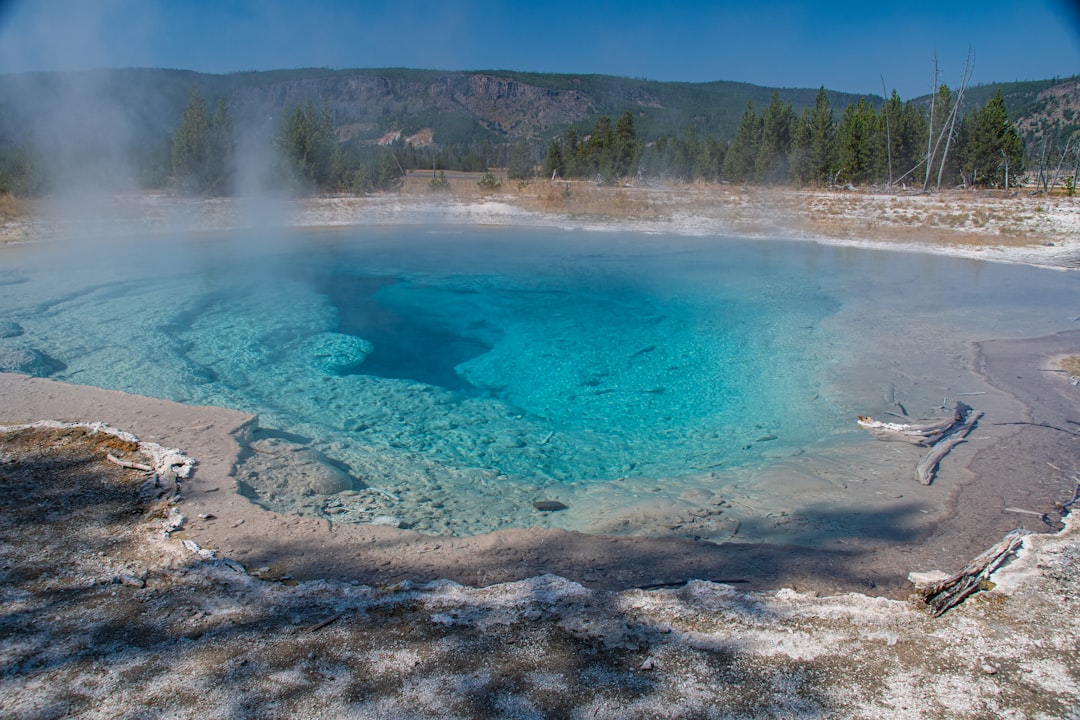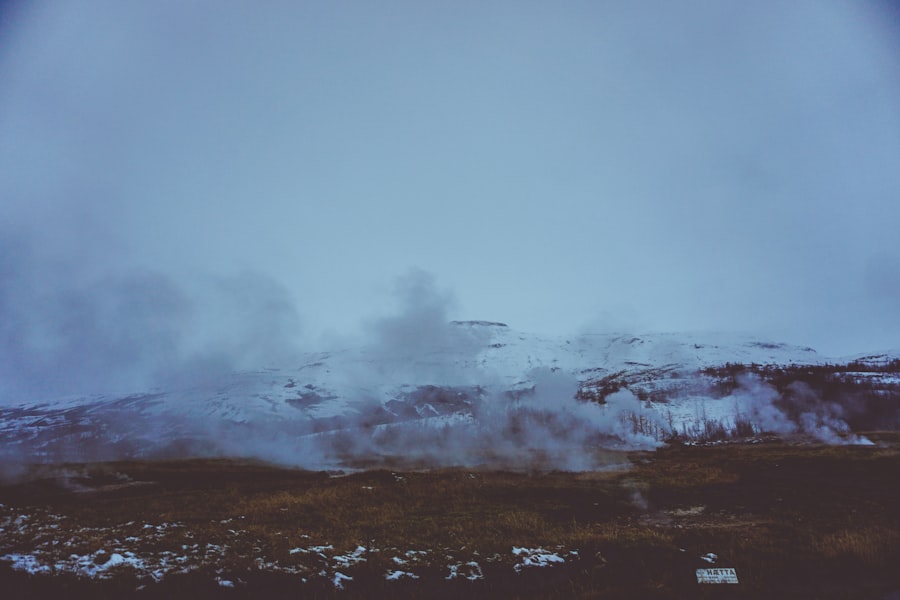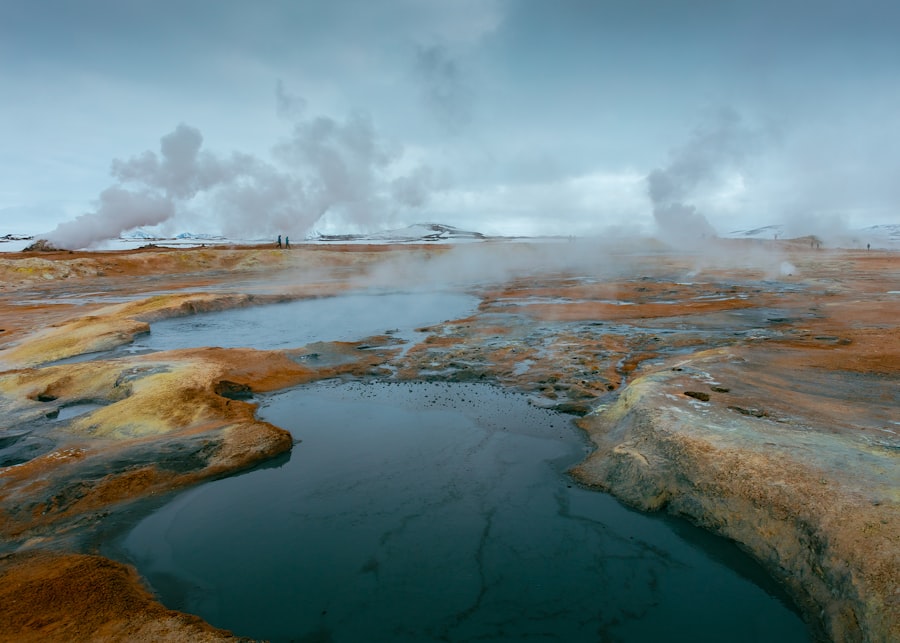
Iceland, often referred to as the “Land of Fire and Ice,” is a Nordic island nation located in the North Atlantic Ocean. Its geographical position, straddling the Mid-Atlantic Ridge, gives rise to a unique blend of natural phenomena, including active volcanoes, geysers, hot springs, and vast glaciers. The country’s rugged terrain is punctuated by dramatic landscapes that captivate visitors from around the globe.
With a population of just over 370,000, Iceland is one of the most sparsely populated countries in Europe, which adds to its allure as a pristine and untouched destination.
Known for its vibrant arts scene, colorful architecture, and rich history, Reykjavik offers a glimpse into Icelandic life while serving as a gateway to the country’s natural wonders.
The charm of Iceland lies not only in its breathtaking scenery but also in its unique culture, which has been shaped by centuries of isolation and a deep connection to nature. From the ancient sagas that tell tales of Viking explorers to the modern-day embrace of sustainability and innovation, Iceland presents a fascinating tapestry of history and contemporary life.
Key Takeaways
- Iceland is a unique and charming country known for its stunning landscapes, geothermal hotspots, and rich cultural heritage.
- Must-see places in Iceland include the Blue Lagoon, Gullfoss waterfall, and the Northern Lights, offering visitors a chance to experience the country’s natural beauty.
- Iceland’s natural wonders, such as the geysers, glaciers, and volcanic landscapes, make it a paradise for nature lovers and outdoor enthusiasts.
- Icelandic culture and traditions are deeply rooted in the country’s history, with a strong emphasis on literature, music, and folklore.
- Iceland is home to diverse flora and fauna, including puffins, Icelandic horses, and a variety of plant species, making it a haven for wildlife enthusiasts.
Must-See Places in Iceland: Exploring the Top Tourist Attractions
When visiting Iceland, certain locations stand out as must-see attractions that encapsulate the essence of this remarkable country. One such place is the Golden Circle, a popular tourist route that includes three major sites: Þingvellir National Park, Geysir Geothermal Area, and Gullfoss Waterfall. Þingvellir is not only a UNESCO World Heritage Site but also holds historical significance as the site of Iceland’s first parliament in 930 AD.
The park is characterized by its stunning rift valley, where the North American and Eurasian tectonic plates meet, creating dramatic landscapes that are both beautiful and geologically significant. Another iconic destination is the Blue Lagoon, a geothermal spa renowned for its milky blue waters rich in minerals like silica and sulfur.
The spa has become synonymous with luxury and wellness tourism in Iceland, attracting visitors seeking both relaxation and rejuvenation. The combination of natural beauty and modern amenities makes it a quintessential stop for anyone traveling through the country.
Natural Wonders of Iceland: The Spectacular Landscapes and Geothermal Hotspots

Iceland’s natural wonders are among the most breathtaking on the planet, showcasing an array of geological features that tell the story of the Earth’s dynamic processes. The country is home to numerous glaciers, with Vatnajökull being the largest in Europe. This massive ice cap covers approximately 8% of Iceland’s landmass and is interspersed with stunning glacial lagoons like Jökulsárlón.
Here, visitors can witness icebergs calving from the glacier and floating serenely in the lagoon before drifting out to sea. The ethereal beauty of this landscape is further enhanced by the nearby Diamond Beach, where ice chunks wash ashore on black sand, creating a striking contrast. In addition to glaciers, Iceland boasts an impressive array of geothermal hotspots that highlight its volcanic activity.
The Haukadalur Valley is home to the famous Strokkur geyser, which erupts every few minutes, shooting boiling water up to 30 meters into the air. This spectacle draws crowds eager to witness nature’s power firsthand. Nearby, the geothermal area of Landmannalaugar offers colorful rhyolite mountains and natural hot springs nestled within a stunning landscape that changes with the seasons.
Hiking trails in this region provide access to some of Iceland’s most picturesque vistas, making it a favorite among outdoor enthusiasts.
Icelandic Culture and Traditions: Understanding the Rich Heritage of the Country
| Aspect | Description |
|---|---|
| Language | Icelandic is the official language and is rooted in Old Norse. |
| Sagas | Medieval literature that tells the stories of early Icelandic history and legends. |
| Folklore | Includes elves, trolls, and other mythical creatures deeply ingrained in Icelandic culture. |
| Traditional Clothing | Includes the Icelandic wool sweater, known as lopapeysa, and the Icelandic national costume, known as bunad. |
| Food | Traditional dishes include fermented shark, lamb, and skyr (a type of yogurt). |
| Music | Icelandic music includes traditional folk songs as well as modern indie and electronic music. |
| Holidays | Celebrations such as Þorrablót and the midsummer festival Jónsmessa are important in Icelandic culture. |
Icelandic culture is deeply rooted in its history and geography, reflecting a unique blend of Norse traditions and modern influences. The country has a rich literary heritage that dates back to the medieval sagas, which recount tales of Viking explorers and their adventures. These sagas are not only significant literary works but also serve as cultural touchstones that connect contemporary Icelanders to their ancestors.
Today, literature remains an important aspect of Icelandic identity, with a high rate of authors per capita and a vibrant publishing industry. Traditional Icelandic music also plays a vital role in expressing cultural identity. The haunting melodies of folk songs often reflect themes of nature and mythology, while contemporary artists have gained international acclaim for their innovative sounds.
Festivals celebrating music, literature, and art are held throughout the year, showcasing both traditional and modern expressions of Icelandic culture. Additionally, culinary traditions have evolved over time, with dishes like fermented shark (hákarl) and lamb soup (kjötsúpa) offering visitors a taste of local flavors steeped in history.
Wildlife and Nature in Iceland: Discovering the Diverse Flora and Fauna
Iceland’s unique geography and climate create an environment that supports a diverse range of wildlife. The island is particularly famous for its birdlife; during summer months, migratory birds flock to its shores to breed. Puffins are among the most beloved species, with their colorful beaks and comical appearance drawing visitors to coastal cliffs where they nest.
The Látrabjarg cliffs in the Westfjords are one of the best places to observe these charming birds up close. In addition to avian species, Iceland’s marine life is equally impressive. The waters surrounding the island are rich in nutrients, making them ideal for whale watching.
Species such as humpback whales, orcas, and minke whales can often be spotted during boat tours from various coastal towns like Húsavík, known as the whale-watching capital of Iceland. Furthermore, the country’s unique ecosystems support various plant species adapted to its harsh conditions; from hardy mosses to vibrant wildflowers that bloom during the short summer season, Iceland’s flora adds another layer of beauty to its landscapes.
Tips for Traveling in Iceland: Practical Advice for a Memorable Trip to the Land of Fire and Ice

Traveling in Iceland requires some preparation due to its unique climate and geography. One essential tip for visitors is to be mindful of weather conditions, which can change rapidly. It is advisable to dress in layers and be equipped with waterproof clothing regardless of the season.
The unpredictable weather can turn a sunny day into a rainy one within minutes; thus, being prepared ensures that travelers can enjoy their adventures without discomfort. Another important consideration is transportation. While renting a car offers flexibility to explore remote areas at one’s own pace, it is crucial to familiarize oneself with local driving conditions.
Many roads outside Reykjavik are gravel or unpaved and may require a 4×4 vehicle for access. Additionally, travelers should be aware of seasonal road closures due to snow or other weather-related issues. For those who prefer guided tours, numerous companies offer excursions that cover popular attractions while providing insights into Iceland’s history and culture.
In conclusion, Iceland stands as a testament to nature’s raw beauty and cultural richness. From its stunning landscapes and geothermal wonders to its vibrant traditions and diverse wildlife, every aspect of this island nation invites exploration and appreciation. Whether one seeks adventure or tranquility, Iceland offers an unforgettable experience that resonates long after leaving its shores.
If you’re intrigued by the unique landscapes and cultural insights provided in our article on Iceland, you might also find the exploration of another stunning destination quite fascinating. Consider reading our detailed guide on



